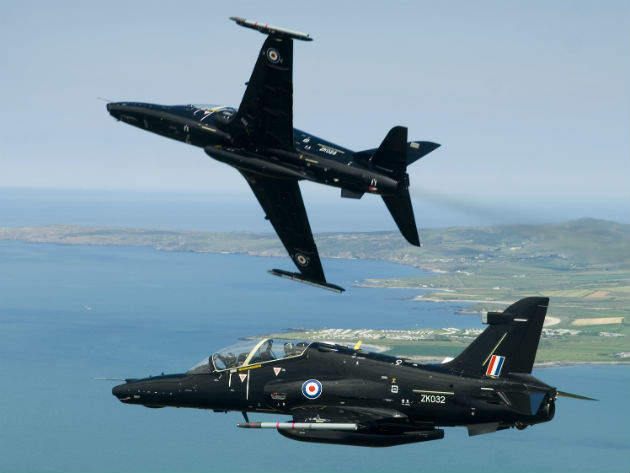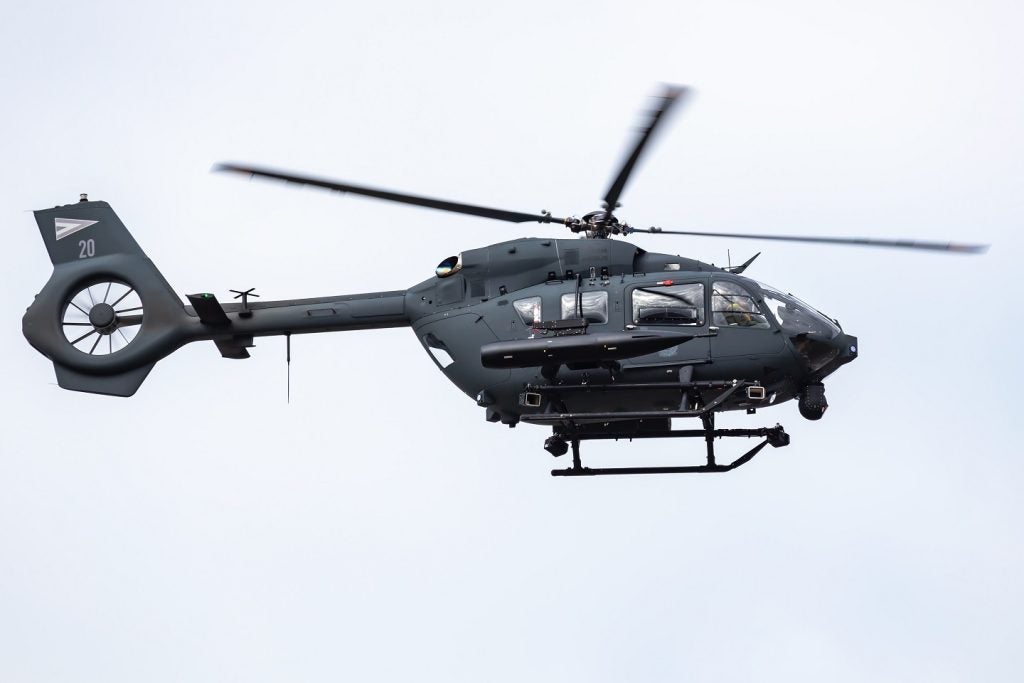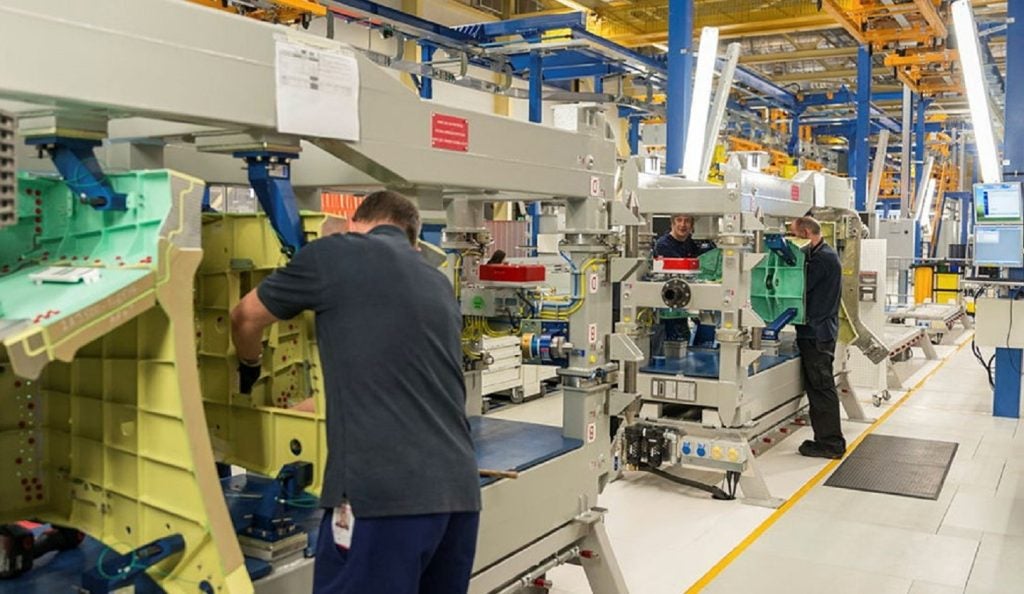

In February the MoD enacted the next phase of the UK Military Flying Training System (UKMFTS), with £1.1bn in funding announced to enable the MoD's partner, Ascent, to deliver the fixed wing element of training at key military sites across the UK.
Ascent, a 50/50 joint venture between Lockheed Martin UK and Babcock, has worked with the MoD on the UKMFTS programme since 2008 when it was awarded the contract to deliver comprehensive training to all new UK military aircrew across the Royal Navy, Royal Air Force and Army Air Corps. With an initial contract valued at £635m, it was estimated that the total investment in the programme would rise to around £6bn over its 25-year course.
The UKMFTS programme
Under UKMFTS Ascent is responsible for designing the overall system and delivering the training capability, including delivering a proven training management information system and procuring aircraft platforms and simulators.
The first phase of the contract covered the provision of the UK's Advanced Jet Training System (AJTS) based around the Hawk T2 Advanced Jet Trainer ordered by the MoD in 2006. In addition to encompassing computer based training / computer aided instruction, new infrastructure, a training management information system and Ascent-qualified instructional staff at RAF Valley, Ascent delivered ground based training equipment comprising two full-mission simulators, six Flight training devices, ten desk top trainers and mission brief/debrief facilities.
"The AJTS at RAF Valley was brought into being between 2008 and 2011, and students physically entered training there in 2012," says Ascent managing director Paul Livingston. "From 2011 we also began providing Royal Naval Observer training up at RAF Cornwall and RN Culdrose where we have the four Hawker Beechcraft King Air 350ER Avenger aircraft with a live radar system on board that teaches RN Observers their role – we are also using that at the moment to support sensor operator lead-in training for the RAF."
How well do you really know your competitors?
Access the most comprehensive Company Profiles on the market, powered by GlobalData. Save hours of research. Gain competitive edge.

Thank you!
Your download email will arrive shortly
Not ready to buy yet? Download a free sample
We are confident about the unique quality of our Company Profiles. However, we want you to make the most beneficial decision for your business, so we offer a free sample that you can download by submitting the below form
By GlobalDataNot always smooth sailing
It hasn't always been smooth sailing for UKMFTS. In particular the 2010 Strategic Defence and Security Review (SDSR) with its infamous £38bn black hole in defence expenditure saw programmes paused across the defence sector, including training, while the MoD decided how to proceed.
Now re-energised, the fixed wing phase of the programme is underway with simultaneous contracts awarded in February for the aircraft, ground-based training assets and infrastructure required to deliver the required output.
"The unique thing about Ascent is that it is not the MoD buying and selecting assets – they give us a view as to whether they are happy with what we are proposing – but we run the competitions and procure all the assets, be they aircraft, simulators, buildings, IT, or courseware to deliver the overall capability," Livingston says. "We are responsible for getting hold of all those things and bringing them together in an integrated syllabus against our training design."
Contracts have been issued to Affinity Flying Training Services (a KBR and Elbit Systems joint venture) for the delivery of the Grob G 120TP Prefect for elementary flying training, the Beechcraft Texan T-6C for basic flying training and the Embraer Phenom 100 for multi-engine pilot training. Lockheed Martin received a contract for ground-based training devices including FFS for multi-engine pilot training, and Babcock was contracted for new infrastructure and IT.
Reducing training costs
The main benefit of this model – with Ascent being responsible for delivering an overall capability – is that the MoD gets brand new assets lined up in a very smooth training curve to deliver the right skills to the front line, the company says.
"The reason the MFTS was created as a concept was that the aircraft and the training system were old and they weren't preparing personnel for the very modern digital front line cockpits," Livingston says. "That meant people were arriving at the operation conversion units (OCUs) and finding the courses very difficult and taking a long time to go through the operational conversion phase – there was also an amount of washout that was probably too high at the OCU level.
"It was also very expensive to train tasks in an operational aircraft because the flight cost per hour at the operational end is immense, and until we put the training system in place with Hawk the first time students flew as a fast jet pilot with night vision goggles was on a Typhoon at a much higher cost per flight hour – now they are doing it in a Hawk at a fraction of the cost, and the amount of time they need to spend flying the Typhoon has been shortened."
Progressing towards take-off
The construction of fixed-wing infrastructure at RAF Cranwell has now begun, and building will commence up at RAF Valley shortly. System requirements and design reviews for both the aircraft and simulators have been assessed and the first aircraft are already in construction. The current focus is on the airworthiness documentation for each aircraft to ensure the military register and release to service (RTS) process can be taken forward smoothly.
The aircraft being delivered by Affinity are expected to begin arriving toward the end of 2016 or in early 2017. Ascent will then take the first of each type through the RTS process and instructors will be trained in the use of the aircraft, simulators and delivering the lessons that the courseware is designed around. This will be followed by a demonstration course to ensure that air force, navy and army accreditors are happy for training to commence, at which point initial course certification will take place – the milestone by which Ascent and the MoD declare that students can enter the system.
Elementary flight training will begin by the end of 2017, followed by multi-engine training in mid-2018 and basic flying training in January 2019.
The next phase of the UKMFTS is the rotary wing component, and Livingston expects the contract for the replacement of the defence helicopter flying school at RAF Shawbury to be awarded shortly, with initial course certification currently scheduled to take place in April 2018.
Looking towards the future
Under the current contract Ascent will be responsible for the delivery of UKMFTS until 2033, at which point all assets will revert to MoD ownership and a decision will be taken on how to proceed, either under a new contract with Ascent, a different industry partner or for the MoD to operate the system itself. The direction will depend on how the programme rolls out over the coming 17 years, and how output matches up with requirements and expectation.
"The predominate three tenets of MFTS are to deliver more optimised training to ensure the students come out better prepared for front line aircraft, to reduce the overall time in training by putting better assets and more simulation into the lower pipeline, and to reduce the overall cost of training," Livingston says.
It's a lot to deliver on, but the early signs are promising that this is a model that has great potential to improve the training of front line personnel for the UK's armed forces.





